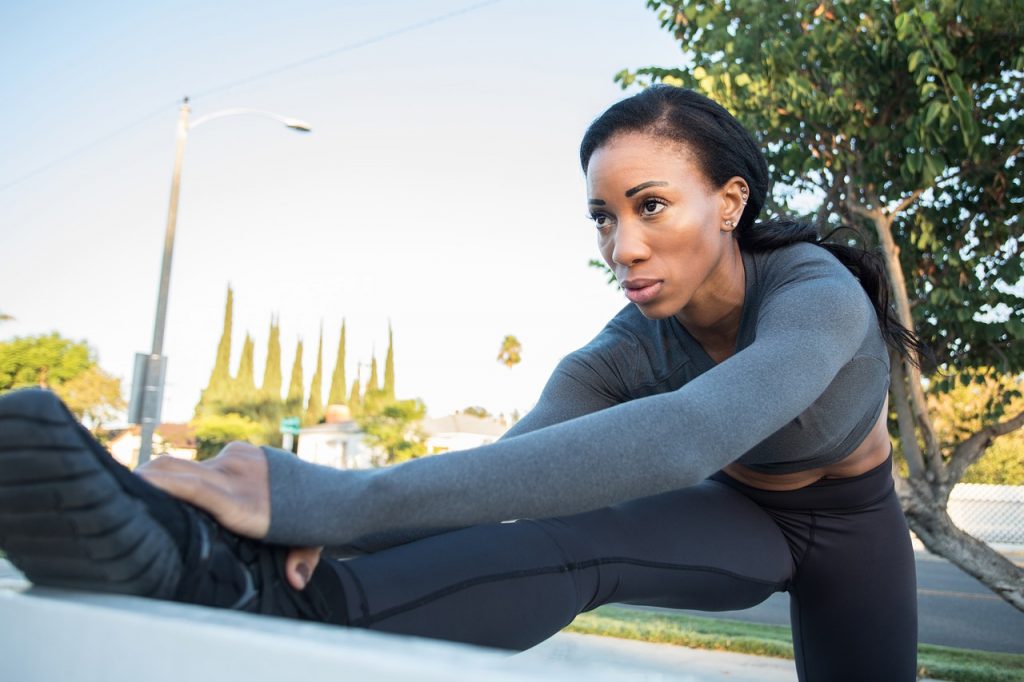Flexibility and Mobility
Exercise Right Week is an awareness campaign that is brought to you by Exercise & Sport Science Australia (ESSA) annually. This year it will run from 25th – 31st May with the theme of “Movement is Medicine”. The aim is to highlight how powerful exercise, physical activity and movement are for your health, irrespective of age, weight, background or health status.
Over five days our resident Accredited Exercise Physiologist (AEP) Scott Howard will take you through five ways to Exercise Right!
Let’s learn about – Flexibility and Mobility
Flexibility is the ability of a muscle to lengthen whereas mobility is the ability of a joint to move through a range of motion. A 20-year-old rugby league player who has recently had the ACL in their knee reconstructed is likely to experience hamstring tightness (flexibility) and knee joint stiffness (mobility). A 60-year-old office worker with lower back pain is likely to experience hip flexor and hamstring tightness (flexibility) as well as lower back joint stiffness (mobility). In contrast to both of these examples of decreased flexibility and mobility there are also those with increased or too much flexibility and mobility. For this population, if they are not strong enough to control movement with their excess range of motion they are at an increased risk of joint dislocation when playing sport, or if they were to have an accident doing everyday tasks. If you fall into this category, ensure you perform flexibility and mobility exercises with care or consider avoiding them altogether, as you may already be flexible and mobile enough. Instead, focus on specific strengthening exercises to support those hypermobile joints!
To best understand people’s limits and how to put together a flexibility and mobility program, various testing methods are utilised by exercise physiologists. A common test for the 20-year-old recovering from knee surgery would be to measure knee joint range of motion with a goniometer, aiming for phase one post-operative goals to get the knee straight (0 degrees extension) as well as bent (flexion) to 125 degrees. A common test for the 60-year-old with a stiff low back, would be a chair sit and reach test, aiming to reach between 6cm from, and 10cm past their toes to be considered “average”. A common test to determine hypermobility is the Beighton hypermobility score. A score above six indicates hypermobility.
As the 20-year-old rugby league player with the ACL reconstruction progresses towards phase two goals, the focus will shift to strengthening. They will be performing squats (a lot!) and they need to be able to perform them with good technique. If their ankle mobility is restricted, they will be unable to get deep enough into their squats and will likely lean forward with their trunk to compensate. This reduces the emphasis on the quadriceps and reduces the effectiveness of the exercise. They would benefit from ankle mobility exercises to improve their squat.
The 60-year-old office worker can help to reduce their lower back pain by getting up regularly and arching their back, as well as regularly performing hip flexor and hamstring stretches. They may also benefit from changes to the workstation, which can help to improve joint position and take the load off their back muscles. In general, being less sedentary can do wonders for mobility but also general health. A brisk walk at lunch time could be a way to squeeze in time to loosen those lumbopelvic joints, or a yoga class on the way home.
Emergency Department physician and founder of Doctor Do-More, Dr Ash Bowden, notes that flexibility and mobility seem to be one of the most neglected areas of exercising. The growing concept of prehabilitation – “a proactive approach to avoiding pain and injury” – emphasises the importance of maintaining flexibility and mobility just as Scott’s examples do. With adequate flexibility and mobility people, both old and young, can reduce their pain and risk of injury whilst they train.
If you are interested in assessing your flexibility and mobility or would like to know more on how to improve it please contact our office on (02) 4314 5183 or online via www.physioconnex.com.au/online-booking/ to book an appointment with our Accredited Exercise Physiologist.
That’s the end of our Five Days Five Ways to Exercise Right blog series. If you missed yesterday’s blog on agility, balance and coordination click here.

